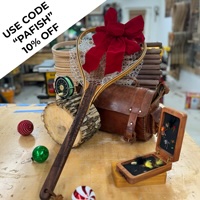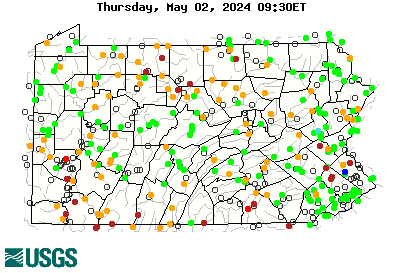Letort
Active member
- Joined
- Dec 14, 2008
- Messages
- 316
Title for attention. Answer is of course.
Specifically, I have multiple rods 2-5 weights that handle the bulk of my trout fishing. Everything from 7’ 2wt - 9 1/2’ 5 weights. For some reason, I have a psychological barrier to going over a 5 wt for trout.
However, I think I am ready to break through to a 6 wt. Because even my 5 wts would fall more into the dry fly category. I need something that I can swing weighted nymph rigs and heavy wooly buggers in early season water. And maybe some bass in the summer months.
I tend to prefer progressive rods v. Fast action, though for this application, I may need to rethink that.
So, do I need a 6 wt and which one?
Specifically, I have multiple rods 2-5 weights that handle the bulk of my trout fishing. Everything from 7’ 2wt - 9 1/2’ 5 weights. For some reason, I have a psychological barrier to going over a 5 wt for trout.
However, I think I am ready to break through to a 6 wt. Because even my 5 wts would fall more into the dry fly category. I need something that I can swing weighted nymph rigs and heavy wooly buggers in early season water. And maybe some bass in the summer months.
I tend to prefer progressive rods v. Fast action, though for this application, I may need to rethink that.
So, do I need a 6 wt and which one?
Last edited:





